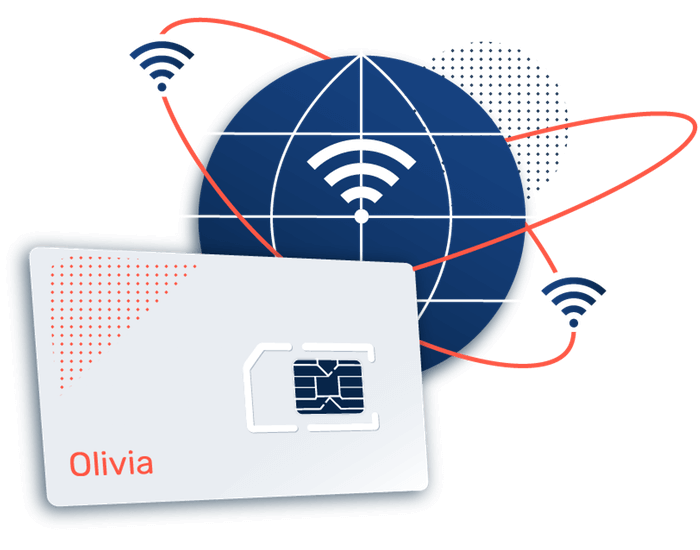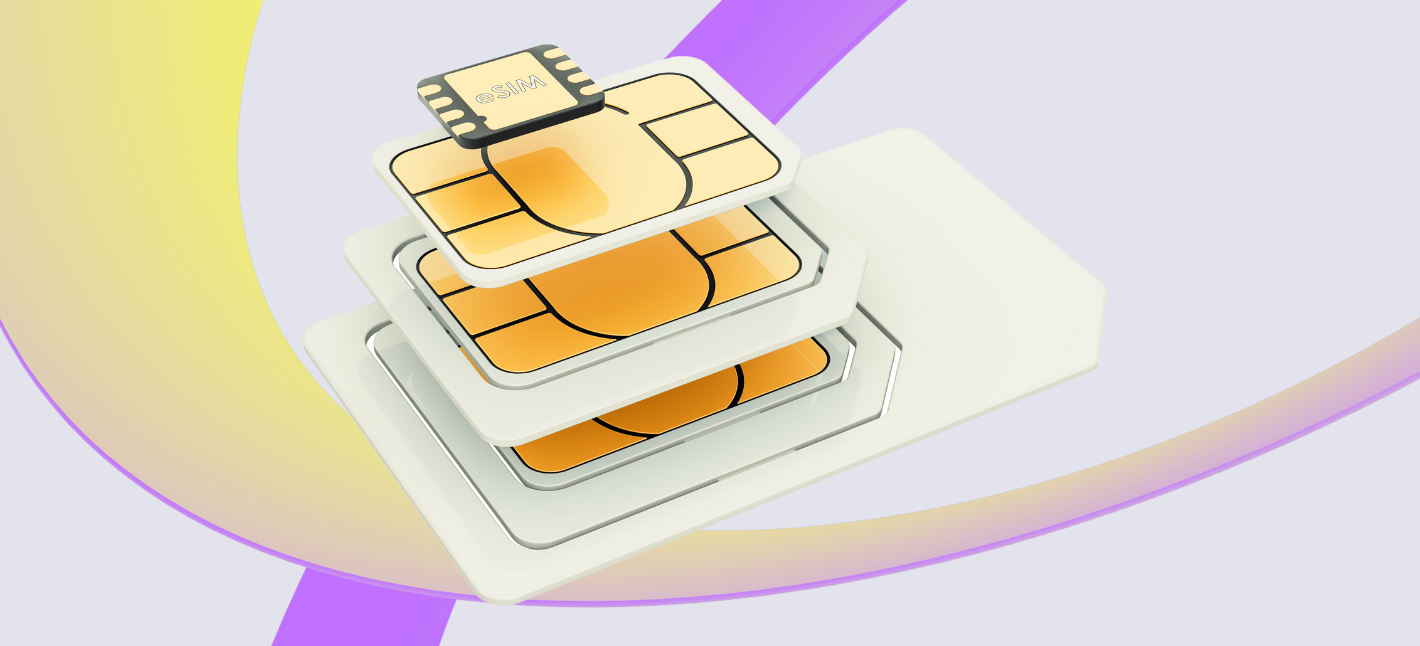Iot Sim Card Pricing IoT SIM Cards Explained Understanding Differences
The speedy growth of the Internet of Things (IoT) has made it vital to determine standardized connectivity protocols to allow units to speak seamlessly. Various standards and protocols have emerged, and so they cater to different necessities, corresponding to power consumption, data price, vary, and complexity. Telkomsel Iot Sim Card. Each protocol presents distinct benefits and disadvantages, making it essential for developers and companies to evaluate their particular wants when deciding on one.
One distinguished standard within the IoT landscape is MQTT (Message Queuing Telemetry Transport). MQTT is lightweight and designed for low-bandwidth and high-latency environments. Its publish-subscribe model permits environment friendly communication between gadgets and is ideal for purposes in home automation or distant monitoring. However, its dependency on a central dealer can introduce a single level of failure, making resilience a consideration in its implementation.

In contrast, CoAP (Constrained Application Protocol) aims to enable smaller, constrained devices to communicate over the net. Utilizing a RESTful structure much like HTTP, CoAP is designed for low-power and lossy networks. This makes it appropriate for purposes requiring efficient device communication in constraints of reminiscence and processing energy, like smart agriculture. While CoAP helps multicast, which allows a single message to reach a number of recipients, it doesn't inherently handle long-lived connections like MQTT does (Prepaid Iot Sim Card).
Zigbee is another instance of a normal incessantly employed in the IoT sphere, significantly for house automation. Operating within the 2.4 GHz band, Zigbee creates mesh networks that permit devices to speak whereas extending their range by way of other linked units. Its low energy consumption is helpful for battery-operated gadgets, however the knowledge fee is considerably decrease than Wi-Fi or other wired technologies, which limits the quantity of data that can be transmitted successfully in real time.
Iot Sim Card copyright SIM Card IoT Projects Global Deployments
LoRaWAN (Long Range Wide Area Network) is particularly important for purposes requiring long-range communication capabilities. Operating in sub-GHz frequency bands, LoRaWAN can connect devices over distances of a quantity of kilometers while consuming minimal energy. This makes it ideal for rural purposes such as precision agriculture and environmental monitoring. However, it sometimes helps low knowledge charges and is less efficient for time-sensitive applications the place immediate knowledge transmission is essential.
NB-IoT (Narrowband IoT) is a cellular technology designed to help a variety of IoT connectivity needs. With elevated coverage, NB-IoT offers deep penetration into buildings and underground areas, often outperforming traditional cellular networks. Its effectivity when it comes to energy consumption and data transmission makes it well-suited for smart metering and other steady-state purposes. The draw back, however, is the reliance on cellular infrastructure, which can contain additional prices.
Iot Sim Card Australia IoT SIM Cards Introductory Guide
Another noteworthy protocol is Bluetooth Low Energy (BLE). BLE is optimized for short-range communications and low energy usage, making it best for private area networks. It is particularly in style in wearables and health monitoring devices. However, the limited vary can pose challenges for applications requiring long-distance connectivity, making it less suited to commercial IoT applications like smart cities.
When contemplating the operational environment, completely different protocols strategize their connectivity. For instance, Sigfox is designed for extreme energy effectivity, using a unique technology that prioritizes low knowledge charges over extensive coverage. This works properly for gadgets needing to transmit small quantities of data occasionally, similar to monitoring gadgets. However, the trade-off comes in the form of limited knowledge fee and potentially greater latency.
Another important side of IoT connectivity standards and protocols comparison is security. Many protocols implement varying levels of safety measures. For instance, protocols like TLS (Transport Layer Security) can be leveraged with MQTT to enhance knowledge integrity and confidentiality. In distinction, different protocols might have built-in safety features, while some require additional layers to ensure secure communication.
Cheapest Iot Sim Card Fastest growing multi-network IoT SIM
Interoperability also performs a vital function in protocol selection. As IoT devices proliferate across numerous industries, making certain gadgets can talk no matter their manufacturers can mitigate future compatibility points. Protocols that adhere to established standards tend to have a peek here provide better interoperability, thus easing integration efforts across totally different platforms.
The landscape of IoT connectivity is evolving, reflecting the various wants of industries starting from healthcare to manufacturing. As extra gadgets turn into interconnected, the demand for environment friendly, safe, and dependable communication continues to develop. Each protocol carries its distinctive set of traits; thus, companies should conduct thorough evaluations of their use circumstances to make sure optimum efficiency whereas considering future scalability and adaptableness.
Iot Sim Card Guide Secure IoT SIM
In conclusion, whereas there is no one-size-fits-all solution regarding IoT connectivity standards and protocols, understanding the comparisons can guide developers and corporations in making educated selections. Factors like operational necessities, safety concerns, and potential use circumstances come into play when evaluating which protocol fits finest. The realm of IoT is rising and evolving, making it important for trade gamers to remain knowledgeable on the most recent developments and rising standards to maintain aggressive benefits and meet more and more complicated demands.
- Various IoT connectivity standards embrace Wi-Fi, Bluetooth, Zigbee, and LoRaWAN, each tailor-made for particular use circumstances and operational wants.
- Wi-Fi is thought for its excessive knowledge switch rates, making it perfect for purposes requiring substantial bandwidth, such as video streaming, but it consumes more power compared to different protocols.
- Bluetooth Low Energy (BLE) is favored for short-range sensor purposes due to its minimal power consumption, permitting gadgets to run for prolonged durations on a small battery.
- Zigbee operates on low energy and supports mesh networking, enabling gadgets to communicate over distances higher than traditional point-to-point techniques, which can improve community protection.
- LoRaWAN excels in long-range communications and enables low-power, wide-area network (LPWAN) capabilities, making it appropriate for remote IoT functions like agriculture and concrete infrastructure monitoring.
- Cellular connectivity standards, corresponding to 4G LTE and 5G, present in depth network protection and high-speed information transfer however may incur greater operational costs and require extra substantial power assets.
- MQTT and CoAP are lightweight application layer protocols broadly used for IoT communications, the place MQTT is more suitable for device-to-cloud interactions, whereas CoAP is optimized for constrained gadgets and networks.
- Security varies significantly across IoT protocols, with some like HTTPS providing strong encryption, whereas others could depend on easier strategies, potentially exposing devices to vulnerabilities.
- Scalability is a important issue; while protocols similar to LoRaWAN support numerous units, others like Bluetooth might face limitations in system capability relying on the community structure.
- Determining the best connectivity standard includes balancing elements such as vary, power efficiency, data wants, and security requirements tailor-made to specific IoT deployment scenarios.undefinedWhat are the commonest IoT connectivity standards?
The commonest IoT connectivity standards embrace Wi-Fi, Bluetooth, Zigbee, LoRaWAN, NB-IoT, and 5G. Each standard has unique options and use circumstances, catering to varied utility necessities when it comes to range, power consumption, and information rates.
How do I choose the best IoT protocol for my application?
Iot Sim Card India IoT SIMs Any Device Anywhere
Selecting the best IoT protocol is dependent upon components such as the vary, knowledge throughput, power consumption, and the environment during which devices will function. Assessing these criteria in opposition to your application's specific wants will guide your decision.
What is the difference between short-range and long-range IoT protocols?
Short-range protocols, like Wi-Fi and Bluetooth, are ideal for localized applications needing excessive data charges but limited range. Long-range protocols, corresponding to LoRaWAN and NB-IoT, excel in low-power, wide-area use cases, prioritizing battery efficiency over pace.
Can multiple IoT protocols be used in the identical network?
Does Nb-Iot Need A Sim Card Global IoT connectivity data plans SIM
Yes, a number of IoT protocols can coexist in the identical community, enabling gadgets with various connectivity needs to speak. However, careful network design is required to handle data circulate and avoid interference.
What position does security play in IoT connectivity standards?
Iot Sim Card Providers North America IoT Data Plan
Security is crucial useful content in IoT connectivity standards as a result of potential vulnerabilities in knowledge transmission. Choosing protocols with built-in encryption and sturdy authentication mechanisms might help safeguard delicate info.

How do these standards have an result on the scalability of IoT systems?
Different IoT standards have varying capacities for managing system load, which immediately affects scalability. Standards designed for prime device counts, like MQTT over TCP/IP, are important for scaling up IoT deployments effectively.
Iot Sim Card IoT SIM Card Data Plans Pricing
What is the importance of interoperability in IoT protocols?

Interoperability ensures that units from totally different producers can talk seamlessly. This is essential for large-scale IoT deployments, as it enables diverse gadgets to work collectively, enhancing general system functionality.
Are there any rising tendencies in IoT connectivity standards?
Prepaid Iot Sim Card IoT SIM Plans and Pricing
Emerging tendencies embrace the adoption of edge computing, which minimizes latency, and the integration of Artificial Intelligence for smarter knowledge processing. Additionally, standards like 5G are gaining traction for his or her ability to help a large variety of linked devices.
How can I stay up to date on IoT connectivity standards and protocols?
Telkomsel Iot Sim Card The best IoT SIM card
Staying knowledgeable entails regularly consulting business publications, attending related conferences, and participating in online forums. Following organizations just like the Internet Engineering Task Force (IETF) and the International Telecommunication Union (ITU) can even present valuable insights.